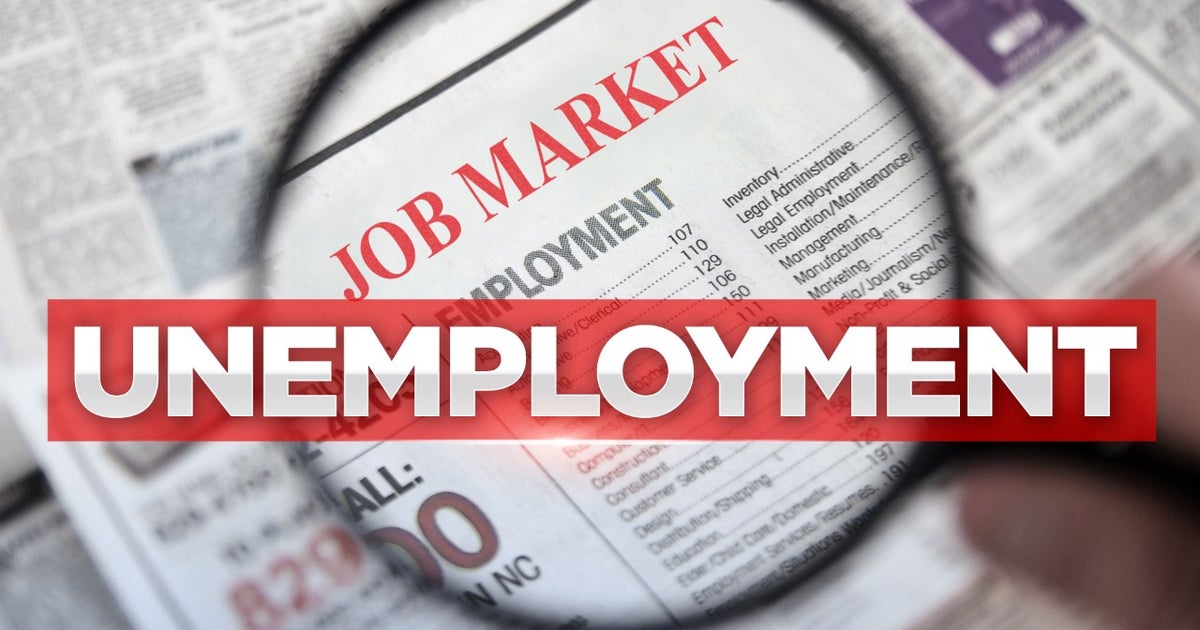Mortgage rate changes to benefit those with lower credit scores
The Federal Housing Finance Agency has updated the loan fee structure of mortgages leading to cries of unfair fees imposed on borrowers with excellent credit scores to subsidize the ones with lower credit scores.
But that doesn't mean people with lower credit scores will pay less than those with higher credit scores. The changes mean that people with higher credit scores will still pay less based on lower risk to the lenders, but having a lower credit score will now come with less of a penalty.
There are many variables that go into the cost of a home loan, including what kind of property you are buying, how much money you're putting down and how high or low your credit score is.
These variables help lenders - and government-backed Freddie and Fannie, which buy the vast majority of loans from lenders - price loans for risk. After starting with the basic, or par, rate, additional price adjustments are added in order to account for how risky the loan is for lenders to make.
Pricing hits like this are called a loan level price adjustment, or LLPA, and have been around for a while and are occasionally updated. The price adjustments allow Freddie and Fannie to keep from being undercapitalized and over-exposed to risk. Fannie and Freddie, which guarantee roughly half of the country's mortgages, do not directly issue mortgages to borrowers, but instead buy mortgages from lenders and repackage them for investors.
Changes to existing fee structure
Last year the FHFA, which oversees Freddie and Fannie, increased the fees on loans for which there is less reason for government support, including some high balance loans, vacation homes and investment properties.
In October, the FHFA announced it would eliminate upfront fees for certain borrowers and affordable mortgage products, who tend to be borrowers with limited wealth or income, while putting in place increases to other fees, specifically for most cash-out refinance loans.
Then, in January, the FHFA announced additional updates to the fee structure for single-family homes that made permanent the eliminated fees and spelled out how other fees would be increased.
"These changes to upfront fees will strengthen the safety and soundness of the enterprises by enhancing their ability to improve their capital position over time," Sandra L. Thompson, director of FHFA said at the time. "By locking in the upfront fee eliminations announced last October, FHFA is taking another step to ensure that the enterprises advance their mission of facilitating equitable and sustainable access to homeownership."
How the fee change works
For those with lower credit scores, the fee changes will reduce the penalty for having a low score. For those with higher credit scores, more price tiers have been put in place, which in some cases may increase fees.
For example, a buyer who made a 20% down payment with a credit score of 640 would see their fee drop 0.75% from 3% to 2.25% with the updates. Another buyer, also making a 20% down payment, who has a credit score of 740, would see their fee climb by 0.375%, from 0.5% to 0.875%.
The fee will still cost the home buyer with the lower credit score more.
A buyer with a 640 credit score and an 80% loan-to-value ratio will have a fee of 2.25%, while a buyer with a 740 score will have a fee of 0.875%. The difference in assessed fees is about $4,000 more for a buyer with a 640 credit score than for a buyer with a 740 credit score, based on a $300,000 mortgage.
The table outlining the fees based on loan to value ratio and credit score have been posted by Freddie Mac and Fannie Mae.
Some critics say well-qualified buyers are already struggling to enter the housing market.
"Between the lack of supply, interest rates more than doubling in the past year and pricing in most of the country remaining relatively flat, the barrier to entry has never been more difficult to pursue the American Dream," said Pierre Debbas, managing partner at Romer Debbas, a real estate law firm.
"The intent of providing access to credit to lower-income borrowers with lower credit scores and down payments is an important initiative to help expand the demographic that can acquire a house and theoretically build wealth," he said. "However, doing so at the expense of other consumers who are already struggling to enter the market is a mistake."
But that criticism is misplaced, said Jim Parrott, a nonresident fellow at the Urban Institute and owner of Parrott Ryan Advisors, who added that it is "conflating two separate, largely unrelated moves on pricing for the government-sponsored enterprises."
In a blog post, Parrott explains that the increase in fees for vacation homes and high-value loans allows Freddie and Fannie to reduce fees for some other buyers.
He also points out that the suggestion that fees are lower for those who make a smaller down payment misses a critical point. Any loan with less than a 20% down payment must have private mortgage insurance.
"So those who put down less than 20% pose less risk to the GSEs and should pay less in fees to the GSEs," Parrott wrote.



